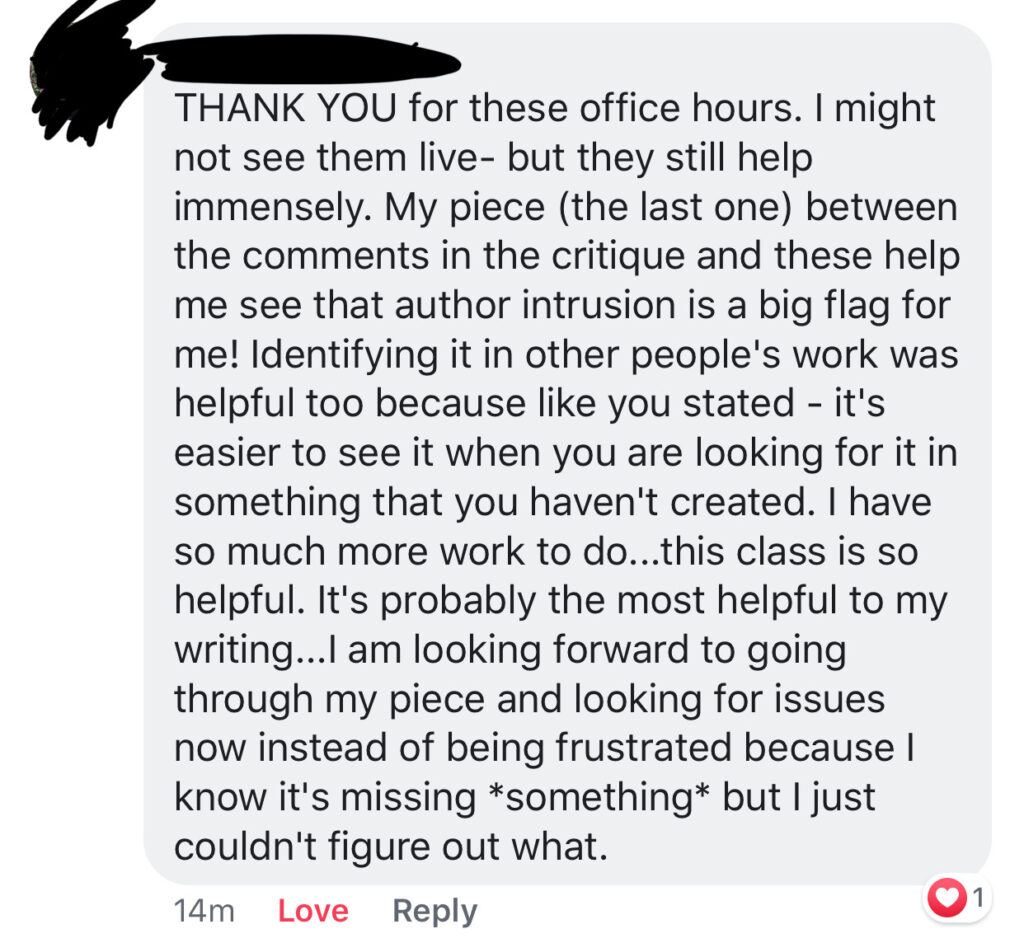
There are a great many writers who LOVE rules. Rules. Rules. Rules. They rub their hands together and begin to salivate. Grammar rules. Punctuation rules. Structure rules. Genre rules. Templates. Formulas.
I’m not such a big fan of writing rules myself, generally speaking — so I’m only guessing here, but I suspect some writers love rules because it feels like there’s a greater chance for success. A gaurantee. If I follow all the rules then I will write a great book and scads of people will love my work. And, in all their varied wonder – rules aren’t bad.
Here’s What People Misunderstand About Deep POV
Deep POV is a tool. It’s a strategy. I have used a wrench to pound in a nail because that’s what I had within reach to get the job done, and it worked. If wrenches came with user manuals, would instructions for pounding in a nail with it be found there? Nope. But it worked because my goal was simply to get the nail in the wall RIGHT NOW.
Deep POV is all about creating an effect. It’s a strategy. The goal of deep pov is to remove the perceived distance between the reader and the character, so the reader is immersed in the story so they are living the story as it’s happening. Many, many books and blogs outline the basics of deep pov — and those basics are important, they’re necessary. (Many believe just learning the basics is enough, but there are so many interconnected threads to other writing tools that get filtered through deep pov — that deep pov adds depth and subtle hues to, the basics are just the tip of the iceberg.) However, a little bit of knowledge leads to frustration. You KNOW it’s not coming out on the page the way you want it to, but you don’t know how to fix it.

Just Knowing The Rules Of Deep POV Won’t Make It Work For You
Learn what effect “the rules” were teaching you to create. Once you understand how the tools are meant to be used, then you have an understanding of how to put them to best use for your story. If my goal is to put a nail in the wall, does it really matter what tool I use to achieve that in the end? No, not really (no matter what any perfectionist says). It’s a nail – no one is going to see it. All people will see is the picture I’ve hung on the nail.
Let’s look at removing the distance between the reader and the character in deep pov for example. Most writers struggle with this to some degree (particularly if you’re a big fan of classic literature where the omniscient pov was king), but in deep pov removing distance is taken to all new levels of intensity and it can be hard to grasp at first.
But learning to recognize distance when you see it is one thing. Knowing how to use it to create a specific effect is another. In deep pov, writers strive to remove the perceived distance between the reader and the character because the goal is to create an effect where the reader feels like they’re IN the story, not being told a story.

However, sometimes distance is helpful. There are simply practical instances such as skimming over time or moving – a character is driving from point A to point B and the story only moves ahead when the character gets to point B. There are stylistic choices such as creating an effect of the character feeling like time is flying by, they’ve lost track of time, or an out-of-mind/body experience. Staying in deep pov in these instances won’t create the effect you’re looking for and/or will tie an anchor to the pace of your novel.
With my book, this blog, my free courses, and my more intensive paid courses, I strive to teach “the rules” because it’s super important to know what effect those rules are trying to create, but then — as an artist — it’s your job to make those effects WORK FOR YOU and not be ruled by them.
But What About… They Break Deep POV Rules
I inevitably get one or a few students pointing out that this author or that one, who I’ve cited as using deep pov, breaks this rule or that one — or a bunch of them. Here’s the thing. YOU get to decide how deep you want to write. YOU decide when you’re going to break the rules. YOU decide how strictly you want to adhere to any one rule or all of them. YOU.

Is it OK to using telling to introduce a character? “The Rules” of deep pov would say no. There’s always a way, without breaking POV, telling, or author intrusion, to introduce a character. And that’s usually correct. But, there may be times where you just need the reader to know who that new character is and keep the flow of the scene moving and focused on something else. That’s OK.
Just remember, if you cheat the rules of deep pov because you can’t be bothered to dig deep enough to find the real emotion powering a scene, a character’s real motiviation, or spend the time to craft a sentence to avoid author intrusion — you’re cheating your readers too. Cheat your reader too much and they won’t keep reading. Lazy writing rarely gets celebrated, my friends.
This is a messy business, and the best writing wrings more blood and tears from the writer than it ever will from the reader. But it’s worth the effort. Always. Because everyone who reads your work will get that emotional experience, that emotional journey you wanted to deliver — even you.
Been told you should learn Deep Point Of View? Had an editor or critique partner tell you to “go deeper” with the emotions in your fiction? Looking for a community of writers seeking to create emotional connections with readers? Check out the Free Resource Hub and then join the Going Deeper With Emotions In Fiction Facebook group.
Great blog!